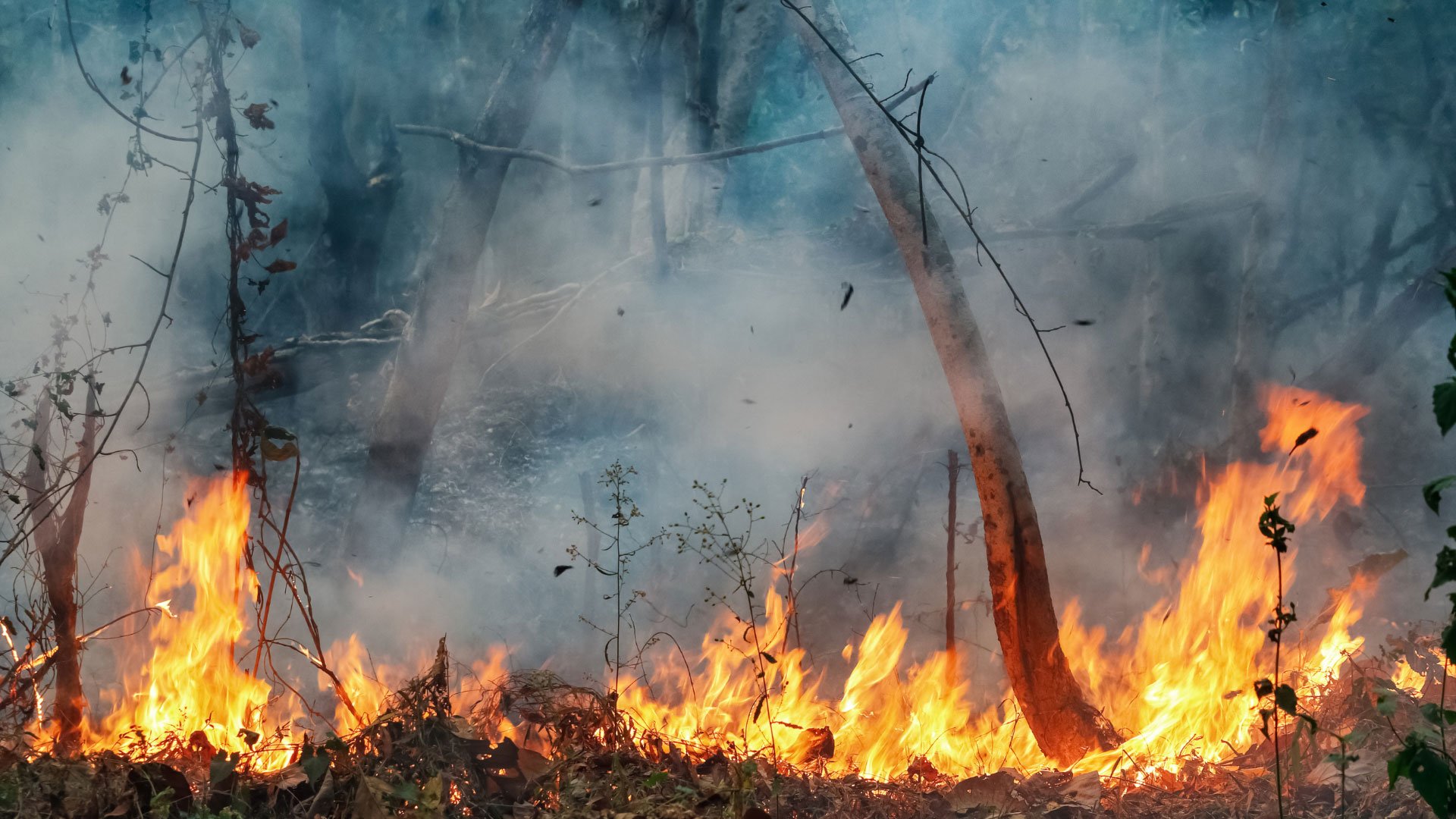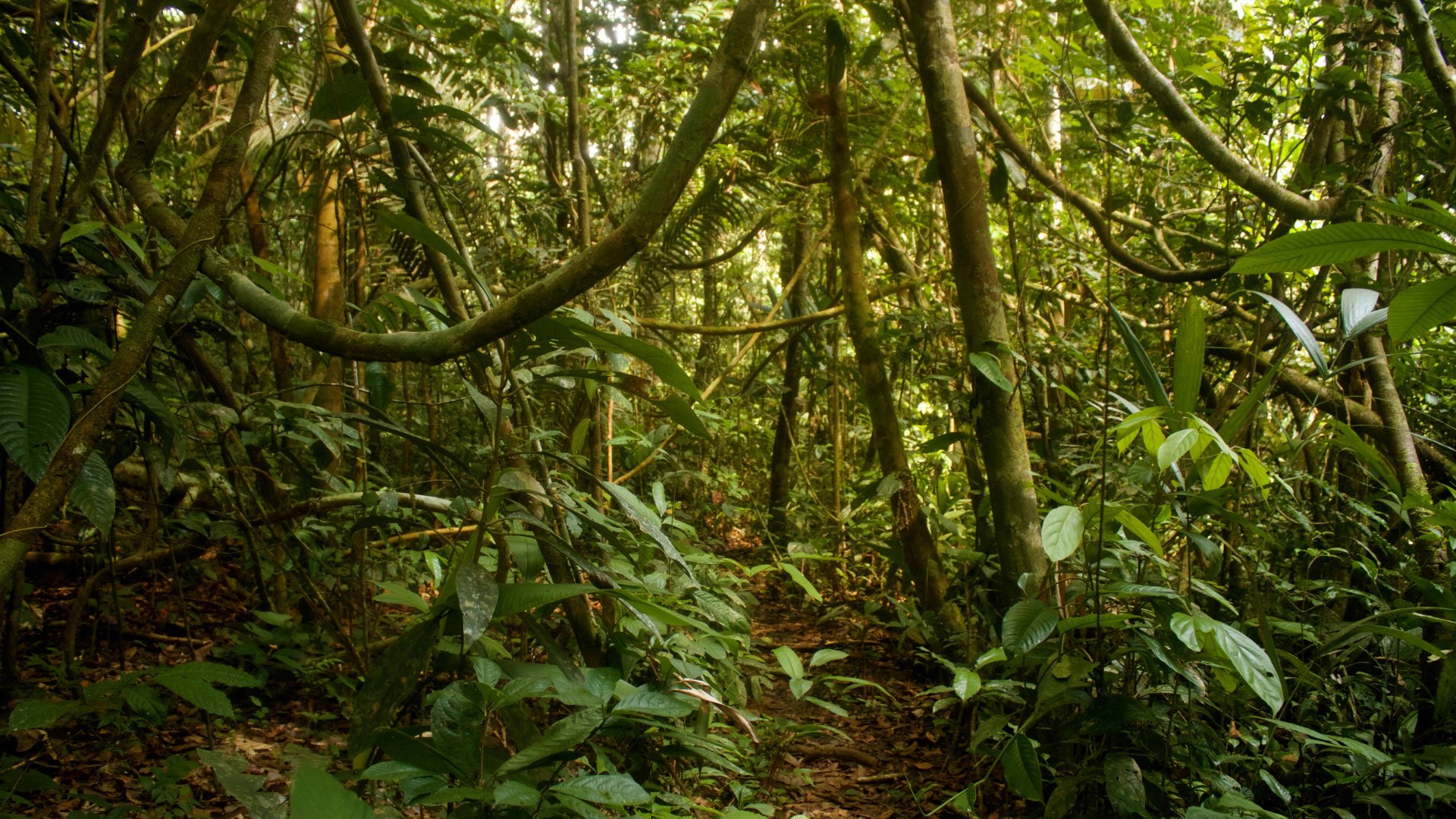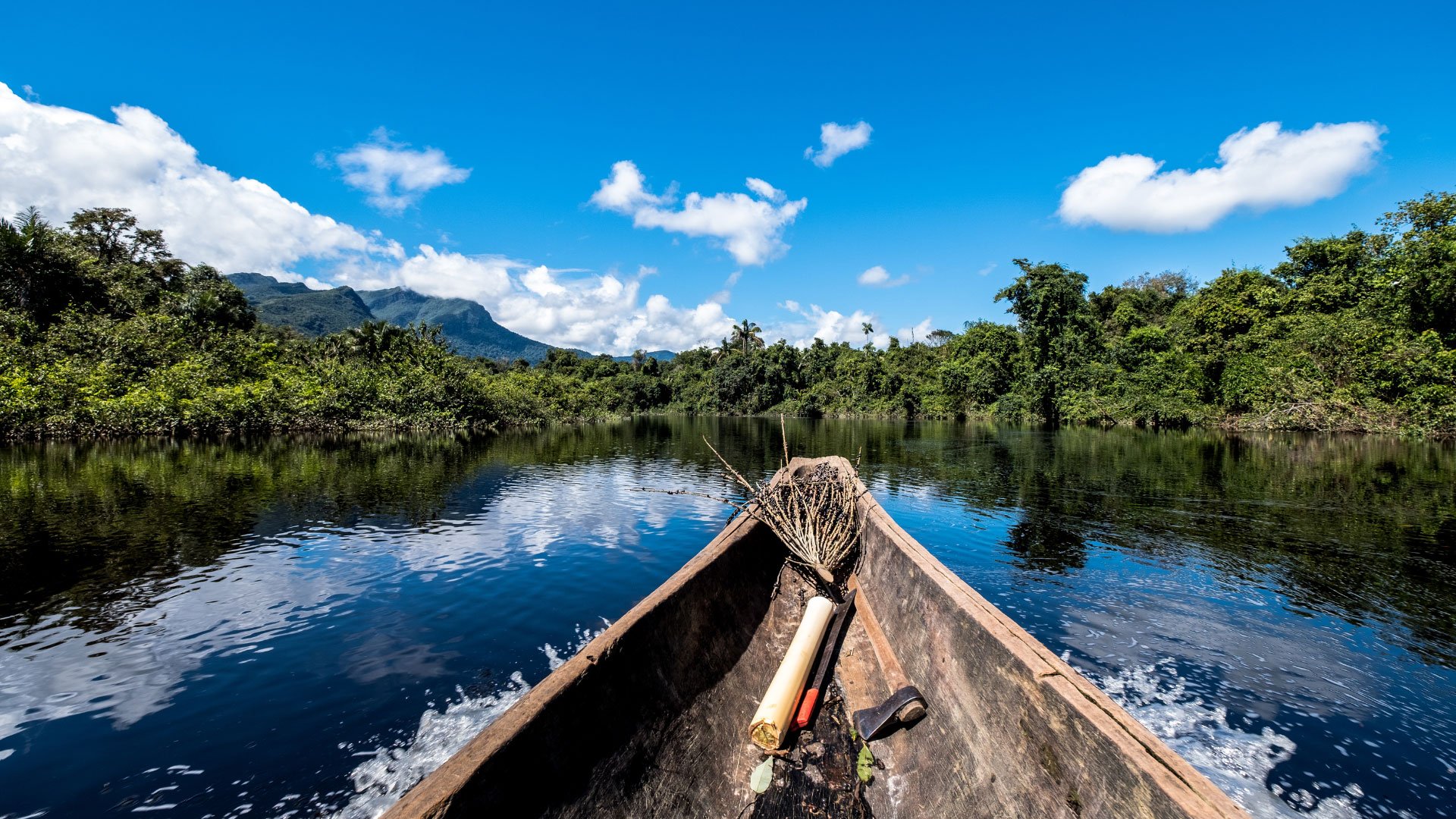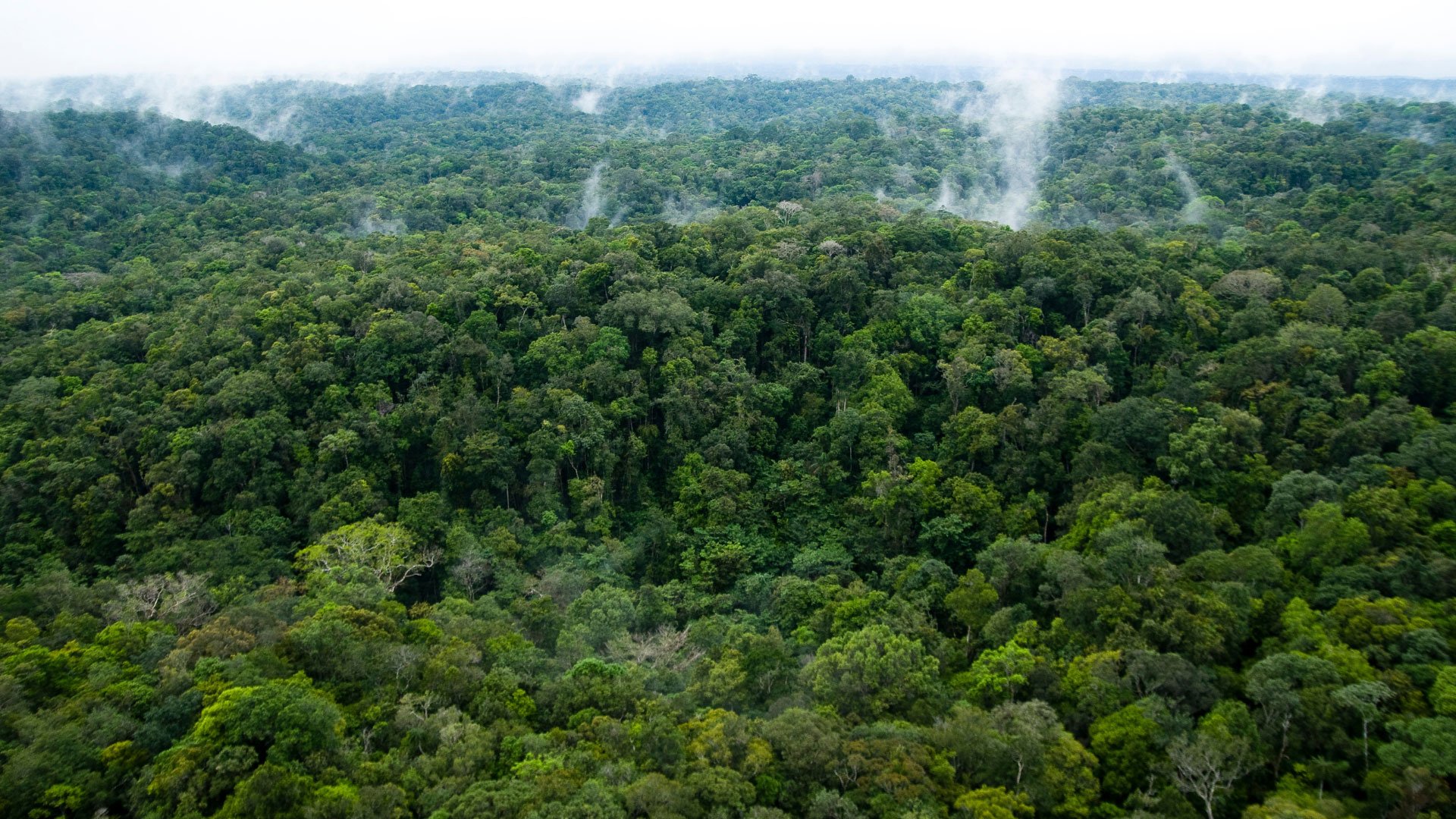Brazil’s New Reforestation Goal: 73 Million Trees
Deforestation is one of the most significant environmental issues that we face today. The Amazon rainforest is one of the largest and most vital forests in the world and has been under threat from deforestation for decades. Brazil's government has faced criticism for not doing enough to protect the Amazon and even encouraging deforestation through policies that favor mining and agriculture. However, recent developments have shown that things may be changing. In late 2021, Brazil announced a new reforestation initiative to regrow 73 million trees in the Amazon.
The Brazilian government's new initiative is part of a larger effort to restore 120,000 hectares of degraded land in the Amazon. This reforestation project aims to restore degraded areas of the Amazon by planting a variety of tree species that are native to the region. The project is being led by the Brazilian government and supported by several private sector partners.
The goal of the project is to create sustainable economic development in the region, while also helping to promote biodiversity and mitigate climate change. The Brazilian government anticipates that the project will generate around $47 million in economic activity and create over 5,000 jobs. The Brazilian government has set an ambitious timeline for the project, with the goal of regrowing all 73 million trees by 2025.
This reforestation initiative is part of Brazil's commitments under the Paris Agreement, which aims to limit global temperature rise to well below 2 degrees Celsius above pre-industrial levels. Reforestation is a key strategy for mitigating climate change, as trees absorb carbon dioxide from the atmosphere and store it in their biomass. With the current rate of deforestation, the Amazon's capacity as a carbon sink is declining, so restoring it to its full potential can contribute to combatting climate change.
The reforestation project will be implemented in three phases, with the first phase focusing on planting around 20 million trees by the end of 2022. This project will be monitored using modern technologies such as drones and satellite imagery, which will help ensure that the trees are thriving.
Although this project is a crucial step forward for the Amazon and the planet as a whole, it is not without its challenges. One of the most significant challenges will be ensuring that the trees can survive and thrive in the challenging Amazonian environment. The Amazon is famous for its poor soil quality and frequent droughts, which can make it challenging for trees to grow. The project will need to use a variety of planting techniques and technologies to ensure that the trees can take root and grow into healthy, mature trees.
Another challenge will be ensuring that the project is sustainable over the long term. Reforestation is not a one-time effort, but an ongoing process that requires ongoing care and maintenance. The Brazilian government will need to work closely with local communities and other stakeholders to ensure that the reforestation efforts are sustainable and are not negatively impacting local people or the environment.
Reforestation is an essential part of conservation efforts to mitigate climate change, restore biodiversity, and promote sustainable economic development. Brazil's new reforestation initiative to regrow 73 million trees in the Amazon is a positive step in the right direction.
The Amazon rainforest is home to thousands of species of plants and animals, many of which are found nowhere else on earth. Deforestation and habitat loss have put many of these species at risk of extinction, and reforestation is an important step towards preserving their habitat and ensuring their survival.
The reforestation initiative also provides an opportunity to create new jobs and promote sustainable economic development in the region. The Amazon rainforest is home to many indigenous communities that rely on the forest for their livelihoods. By working with these communities and other stakeholders, the Brazilian government can help to create sustainable economic development in the region that respects the rights and needs of local people.





